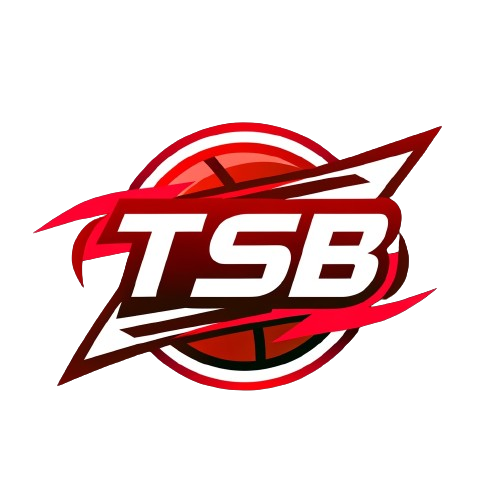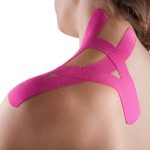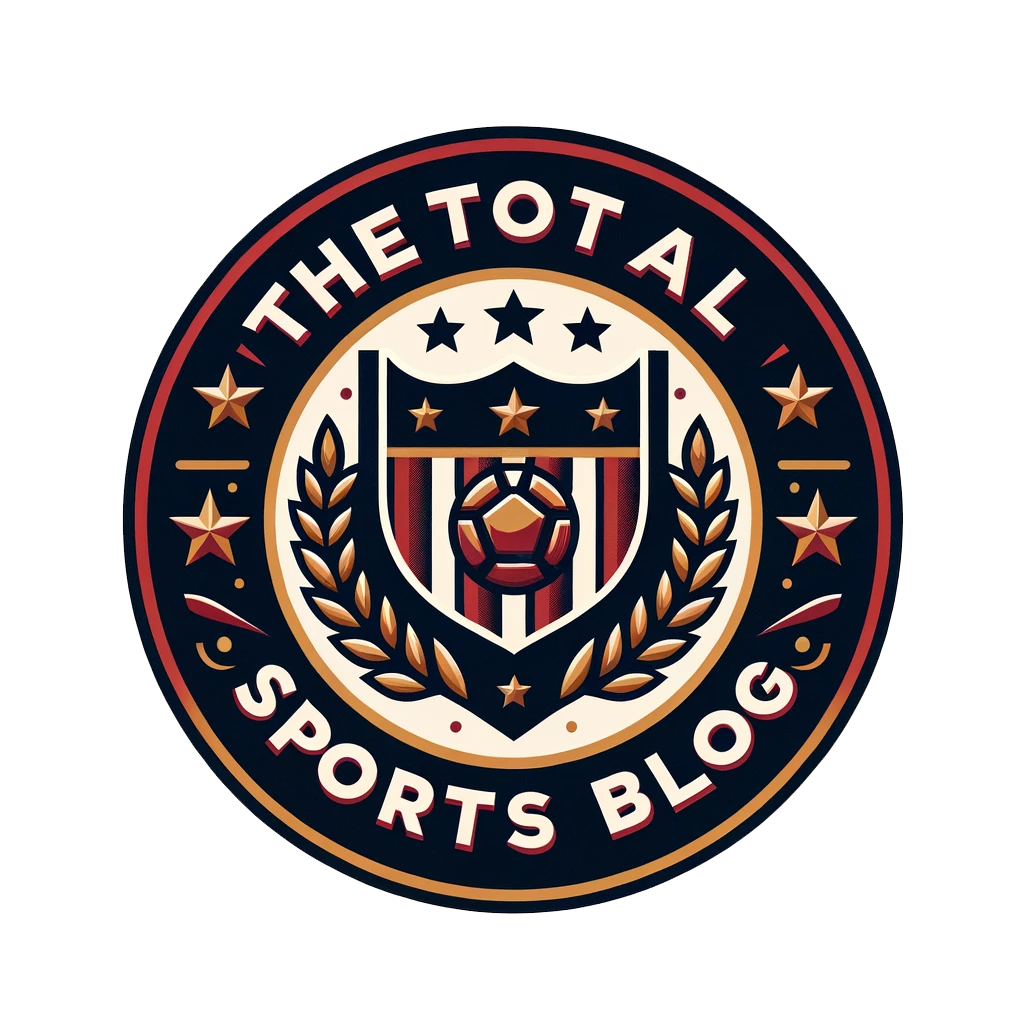Designed to improve player safety, Major League Baseball inserted a new rule into its books this offseason. Catchers could no longer block home plate until the ball might be arriving on a throw approximately 20 meters down the third baseline only on Sunday nights.
- Advertisement -
Maybe I misread the rulebook a little; however, while it has good intentions, this rule needs to modified or removed immediately.
For full disclosure, here is the official rule sent out in a press release by the MLB back in February 2014:
- Advertisement -
OFFICIAL BASEBALL RULE 7.13
COLLISIONS AT HOME PLATE
- Advertisement -
- A runner attempting to score may not deviate from his direct pathway to the plate in order to initiate contact with the catcher (or other player covering home plate). If, in the judgment of the Umpire, a runner attempting to score initiates contact with the catcher (or other player covering home plate) in such a manner, the Umpire shall declare the runner out (even if the player covering home plate loses possession of the ball). In such circumstances, the Umpire shall call the ball dead, and all other base runners shall return to the last base touched at the time of the collision.
Rule 7.13 Comment: The failure by the runner to make an effort to touch the plate, the runner’s lowering of the shoulder, or the runner’s pushing through with his hands, elbows or arms, would support a determination that the runner deviated from the pathway in order to initiate contact with the catcher in violation of Rule 7.13. If the runner slides into the plate in an appropriate manner, he shall not be adjudged to have violated Rule 7.13. A slide shall be deemed appropriate, in the case of a feet first slide, if the runner’s buttocks and legs should hit the ground before contact with the catcher. In the case of a head first slide, a runner shall be deemed to have slid appropriately if his body should hit the ground before contact with the catcher.
- Unless the catcher is in possession of the ball, the catcher cannot block the pathway of the runner as he is attempting to score. If, in the judgment of the Umpire, the catcher without possession of the ball blocks the pathway of the runner, the Umpire shall call or signal the runner safe. Notwithstanding the above, it shall not be considered a violation of this Rule 7.13 if the catcher blocks the pathway of the runner in order to field a throw, and the Umpire determines that the catcher could not have fielded the ball without blocking the pathway of the runner and that contact with the runner was unavoidable.
As I stated before, the intention of the rule is logical and it has been a safety success thus far. This MLB season, zero catchers have suffered a concussion due to a collision at home plate (because there have been none) according to the league.
There is credit to be issued here again: No base runners have bowled over catchers this season. They are playing by the rules and respecting the changes despite being put in the situation of having to “give themselves up” if the throw ever beats them to home plate.
The issue lies in the interpretation of the rule. Umpires have not been consistent in enforcing the rule, which signals that no one really knows what the actual rule is. Yes, all rules to an extent are judgment calls, but Rule 7.13 needs to either specified more precisely or removed.
There have been instances all throughout the season where runners have been called out then ruled safe due to the catcher “illegally blocking home plate” before he has received the baseball. The umpires, players and managers are clearly not on the same page.
See it for yourself!
The runner has been ruled safe due to the catcher “blocking home” before he had the ball. I certainly understand Ventura’s frustration.
How about here:
To me, it appears Rays Catcher Ryan Hanigan is in front of home plate before he has the ball. I am confused.
Imagine if a playoff game comes down to a play at the plate and a series is determined by Rule 7.13?
At this point in the season, the MLB will need to live by and die by the new rule they have implemented but before he playoffs come, they should have a sit down meeting with every single umpire in the league and go over the rule together. They all need to begin to enforce this rule the same way so third-base coaches know when to properly send their runners or not.
The old baseball saying is that its “1, 2, 3 strikes and you’re out”, but this new rule has more strikes than a cat has lives and someone needs to clean up this spilt milk immediately.







